The Mysterious Symbolism of the Ouroboros Pendant
The Ouroboros pendant is a mysterious and ancient symbol that has captivated people for centuries. Its rich history, deep symbolism, and widespread cultural significance make it a fascinating subject of study. In this article, we will explore the history of the Ouroboros symbol, its presence in mythology, interpretations of its meaning, and its modern-day usage.
Key Takeaways
- The Ouroboros symbol has ancient origins and is found in various cultures around the world.
- The Ouroboros represents the cyclical nature of life, death, and rebirth, symbolizing eternity and continuity.
- The Ouroboros is closely associated with alchemy and hermeticism, representing the unity of opposites and the cycle of transformation.
- The psychological symbolism of the Ouroboros relates to self-reflection, introspection, and the integration of the unconscious and conscious mind.
- The Ouroboros continues to inspire art, literature, and popular culture, serving as a timeless and enigmatic symbol.
History of the Ouroboros Symbol
Ancient Origins
The Ouroboros symbol has ancient origins, dating back to early civilizations. It holds profound significance in various cultures and belief systems, representing the concept of eternity and cycle of life.
In ancient times, the Ouroboros was associated with the idea of infinite renewal and unity of opposites. It was a powerful symbol that transcended geographical and cultural boundaries, embodying the interconnectedness of all things.
- The Ouroboros symbolizes the eternal cycle of life, death, and rebirth.
- It represents the unification of opposing forces and the continuous flow of energy.
Embrace the timeless wisdom of the Ouroboros, recognizing the interconnected nature of existence and the eternal cycle of renewal.
Cultural Significance
The Ouroboros holds significant cultural importance across various civilizations, symbolizing the eternal cycle of life, death, and rebirth. Its presence in art, literature, and religious practices underscores its enduring relevance.
In alchemical texts, the Ouroboros represents the unity of opposing forces, such as creation and destruction, and the cyclical nature of transformation. This duality is a central theme in alchemy, reflecting the interconnectedness of all things.
The Ouroboros also serves as a powerful metaphor in psychological contexts, illustrating the process of self-reflection, introspection, and the integration of the unconscious with the conscious mind. Its use in therapy and counseling underscores its profound psychological symbolism.
Embracing the Ouroboros as a symbol of unity and cyclical renewal can inspire individuals to seek balance, embrace change, and recognize the interconnectedness of all aspects of life.
Evolution of Meaning
The Ouroboros has undergone a fascinating evolution of meaning throughout history. From its ancient origins to its cultural significance, the symbolism of the Ouroboros has continually transformed. In alchemy and Hermeticism, the Ouroboros represents the concept of eternity and the cycle of life, death, and rebirth. This symbol also holds psychological significance, symbolizing the integration of the self and the unconscious. In spiritual and religious interpretations, the Ouroboros embodies the idea of unity, wholeness, and the eternal nature of the soul. Modern-day usage of the Ouroboros in art, literature, and tattoo culture reflects its enduring appeal and timeless symbolism. The Ouroboros continues to captivate and inspire, transcending cultural boundaries and resonating with people across the globe.
The Ouroboros in Mythology
Greek Mythology
In Greek mythology, the Ouroboros is often associated with the serpent or dragon that devours its own tail, symbolizing eternity and the cycle of life and death. This ancient symbol is linked to the concept of ouroboric cycle, representing the eternal return and the interconnectedness of all things. The Ouroboros in Greek mythology is a powerful emblem of renewal, wholeness, and the cyclical nature of existence.
- The Ouroboros in Greek mythology embodies the idea of eternal recurrence and the perpetual nature of creation and destruction.
- It serves as a visual representation of the concept of infinity and the unending cycle of life, death, and rebirth.
- The Ouroboros also signifies the interconnectedness of the past, present, and future, emphasizing the continuity and unity of existence.
Embrace the symbolism of the Ouroboros in Greek mythology as a reminder of the eternal cycle of life and the interconnectedness of all things.
Egyptian Mythology
In Egyptian mythology, the Ouroboros is depicted as a serpent or dragon eating its own tail, symbolizing eternity and the cycle of life and death. This ancient symbol is closely associated with the sun god Ra and the concept of creation and renewal. The Ouroboros in Egyptian mythology represents the interconnectedness of time, the eternal nature of existence, and the cyclical patterns of the universe.
- The Ouroboros in Egyptian mythology signifies the eternal cycle of life, death, and rebirth.
- It is linked to the concept of creation and renewal, often associated with the sun god Ra.
- The symbol emphasizes the interconnectedness of time and the cyclical nature of the universe.
The Ouroboros in Egyptian mythology serves as a powerful representation of the eternal and cyclical nature of existence, offering profound insights into the interconnectedness of life and the universe.
Norse Mythology
In Norse mythology, the Ouroboros is known as the
"Jormungandr", a serpent that encircles the world, holding its own tail. This symbolizes the cyclical nature of life and the interconnectedness of all things. The Jormungandr is a powerful representation of the eternal cycle of creation and destruction, as well as the concept of infinity and wholeness.
- The Jormungandr is a central figure in the Norse myth of Ragnarok, the end of the world, where it plays a pivotal role in the apocalyptic events.
- Its presence in Norse mythology reflects the belief in the eternal struggle between order and chaos, and the inevitability of cycles and transformations.
The Jormungandr serves as a reminder of the constant ebb and flow of existence, urging individuals to embrace change and find harmony within the ever-changing world.
Interpretations of the Ouroboros
Alchemy and Hermeticism
In the realm of Alchemy and Hermeticism, the Ouroboros holds profound significance. It symbolizes the eternal cycle of creation, destruction, and rebirth, reflecting the alchemical process of transformation and the unity of opposites. The Ouroboros also represents the philosopher's stone, a legendary substance believed to have the power to transmute base metals into gold and grant immortality. This symbol is deeply intertwined with the pursuit of spiritual enlightenment and the quest for ultimate truth.
- The Ouroboros in Alchemy and Hermeticism encapsulates the concept of circulation and the union of the elements, embodying the cyclical nature of existence and the interconnectedness of all things.
- It serves as a visual representation of the prima materia, the formless and chaotic substance from which all creation arises, and the Great Work of alchemy, the process of achieving spiritual and material perfection.
The Ouroboros in Alchemy and Hermeticism serves as a powerful symbol of unity, transformation, and the eternal quest for enlightenment.
Psychological Symbolism
The Ouroboros in psychological symbolism represents the concept of wholeness and the integration of the self. It is often associated with the idea of the unconscious mind and the cyclical nature of psychological processes.
In psychological interpretations, the Ouroboros is seen as a symbol of individuation, signifying the journey towards self-realization and personal growth. It reflects the continuous cycle of birth and rebirth, emphasizing the interconnectedness of the conscious and unconscious aspects of the psyche.
- The Ouroboros in psychology
- Represents wholeness and integration
- Symbolizes the unconscious mind and cyclical processes
- Signifies the journey towards self-realization and personal growth
Embrace the cyclical nature of psychological growth and the interconnectedness of the conscious and unconscious mind. The Ouroboros serves as a powerful symbol for understanding the complexities of the human psyche.
Spiritual and Religious Interpretations
In Alchemy and Hermeticism, the Ouroboros represents the cyclical nature of the alchemical process, symbolizing the unity of opposites and the pursuit of enlightenment. It is often associated with the concept of the philosopher's stone.
Psychological Symbolism of the Ouroboros delves into the idea of self-reflection, the unconscious, and the eternal cycle of life and death. It is a powerful symbol in Jungian psychology, representing the integration of the conscious and unconscious mind.
Spiritual and Religious Interpretations of the Ouroboros vary across different belief systems, with common themes of eternity, infinity, and the interconnectedness of all things. It is found in Hinduism, Gnosticism, and various indigenous spiritual traditions.
Embrace the symbolism of the Ouroboros as a reminder of the eternal cycle of life and the interconnectedness of all things. Seek to integrate its profound meaning into your spiritual journey.
Modern-Day Ouroboros Usage
Art and Literature
In modern-day Art and Literature, the Ouroboros symbol continues to captivate creators and audiences alike. Its timeless representation of eternity and wholeness makes it a popular motif in various artistic expressions. From paintings to novels, the Ouroboros serves as a powerful visual metaphor, often conveying themes of cycles, renewal, and unity. Artists and writers draw inspiration from the Ouroboros to explore the interconnectedness of life and the cyclical nature of existence.
Moreover, the Ouroboros frequently appears in literature and art as a symbol of self-reflection and introspection. It is used to convey the idea of self-discovery and the eternal quest for knowledge and enlightenment. This symbolic representation adds depth and complexity to the narratives and themes explored in various artistic works.
For a more structured view of the Ouroboros in modern art and literature, consider the following table:
| Artistic Expression | Themes and Symbolism |
|---|---|
| Paintings | Cycles, Renewal |
| Novels | Unity, Wholeness |
| Poetry | Eternity, Self-Reflection |
In exploring the Ouroboros in modern art and literature, creators are encouraged to delve into the profound meanings and interpretations of this ancient symbol. By incorporating the Ouroboros, artists and writers can infuse their works with layers of symbolism and depth, inviting audiences to contemplate the timeless themes of existence and interconnectedness.
Tattoo Culture
In tattoo culture, the Ouroboros symbol holds deep significance, representing eternity, cycles of life and death, and self-reflection. It is often depicted as a serpent or dragon eating its own tail, symbolizing the eternal cycle of renewal and the interconnectedness of life and death.
Tattoo artists often incorporate the Ouroboros into intricate designs, blending it with other symbolic elements such as flowers, geometric patterns, or other mythical creatures. This allows for personalization and the expression of individual meaning within the tattoo.
For those considering an Ouroboros tattoo, it's essential to research and choose a skilled artist experienced in creating detailed and meaningful designs. The placement of the tattoo, size, and color scheme are all important considerations to ensure the Ouroboros symbol is represented in a way that resonates with its profound symbolism.
Popular Culture References
In modern-day culture, the Ouroboros symbol has become a prominent feature in various forms of art and literature. It serves as a powerful visual representation of eternal cycles and self-reflection.
Artists and writers often incorporate the Ouroboros into their works to convey themes of rebirth, infinity, and wholeness. This symbol has captivated the imagination of many, inspiring creative expressions across different mediums.
- The Ouroboros is also a popular choice in tattoo culture, symbolizing the cyclical nature of life and the interconnectedness of existence.
- Its circular form and intricate design make it an appealing choice for those seeking a meaningful and visually striking tattoo.
Tip: When considering the Ouroboros for artistic or personal use, explore its rich symbolism and historical significance to fully appreciate its depth and meaning.
Conclusion
In conclusion, the Ouroboros symbol has a rich and diverse history, spanning across various cultures and time periods. Its significance in mythology, alchemy, psychology, and spirituality has contributed to its enduring appeal and timeless symbolism. Furthermore, its presence in modern-day art, literature, and popular culture reflects its continued relevance and influence. The Ouroboros pendant continues to captivate and intrigue, serving as a powerful emblem of eternal cycles, unity, and transformation.
Frequently Asked Questions
What is the Ouroboros symbol?
The Ouroboros is an ancient symbol depicting a serpent or dragon eating its own tail, representing cyclicality, eternity, and the infinite nature of existence.
What is the history of the Ouroboros symbol?
The Ouroboros symbol has ancient origins and holds cultural significance in various civilizations. Its meaning has evolved over time.
What does the Ouroboros symbolize in mythology?
In Greek, Egyptian, and Norse mythology, the Ouroboros symbolizes concepts such as creation, rebirth, and the cyclical nature of life.
What are the interpretations of the Ouroboros symbol?
The Ouroboros has been interpreted in alchemy, hermeticism, psychology, and various spiritual and religious contexts, symbolizing unity, transformation, and wholeness.
How is the Ouroboros symbol used in modern-day culture?
The Ouroboros is often depicted in art, literature, and tattoo culture, and it is referenced in popular culture, representing themes of infinity, self-reflection, and interconnectedness.
What is the significance of the Ouroboros pendant?
The Ouroboros pendant is a wearable representation of the symbol, often chosen for its profound symbolism and personal meaning to the wearer.
Best Sellers














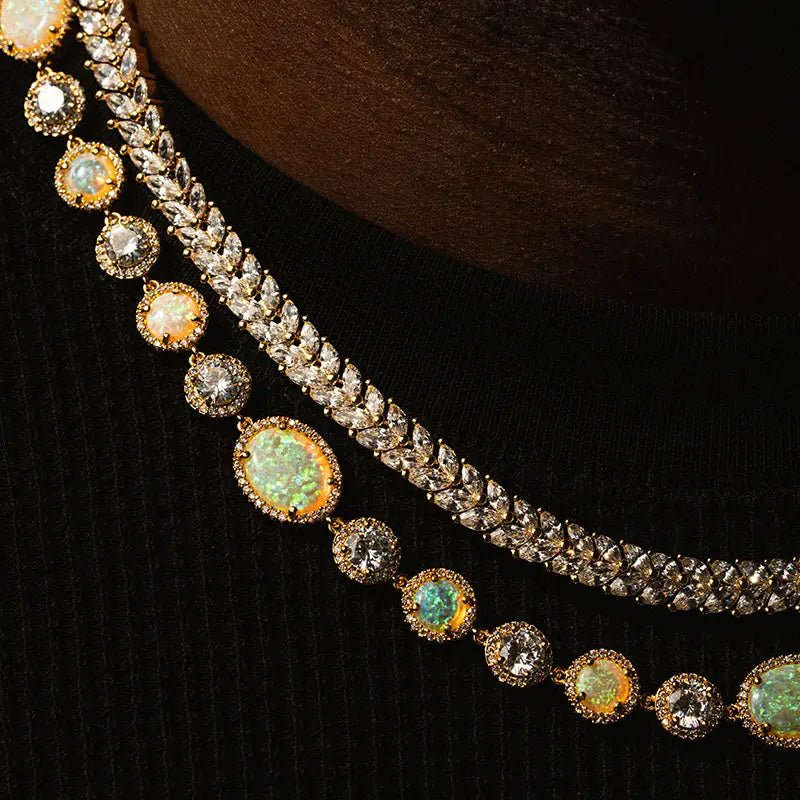
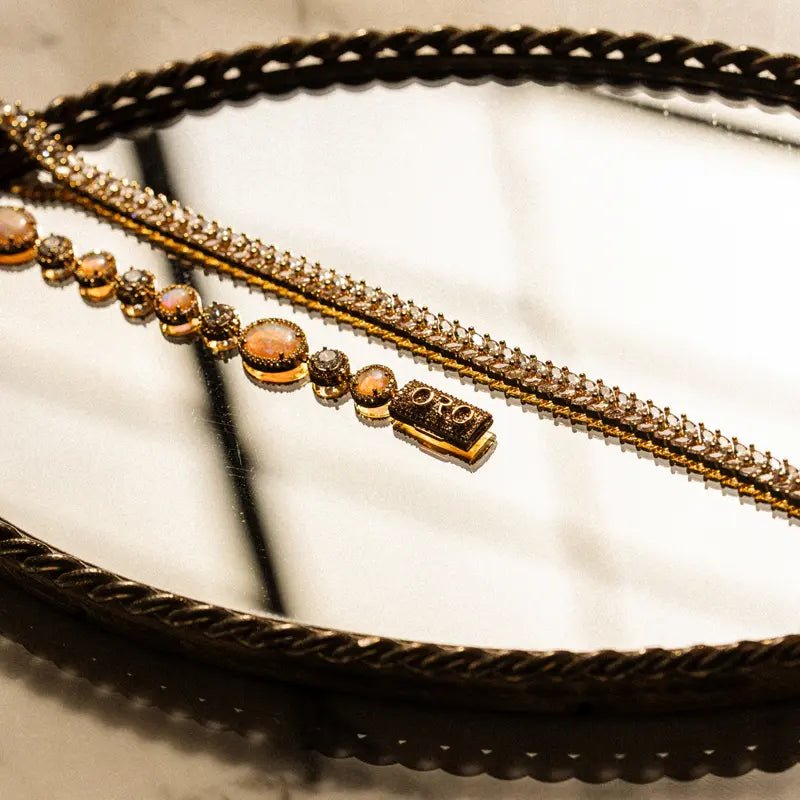
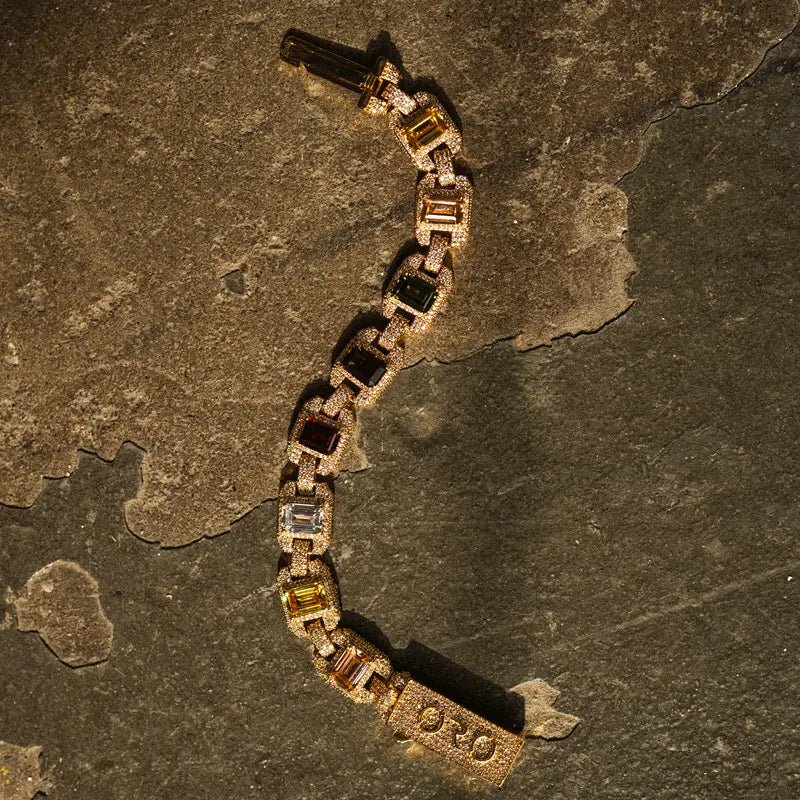
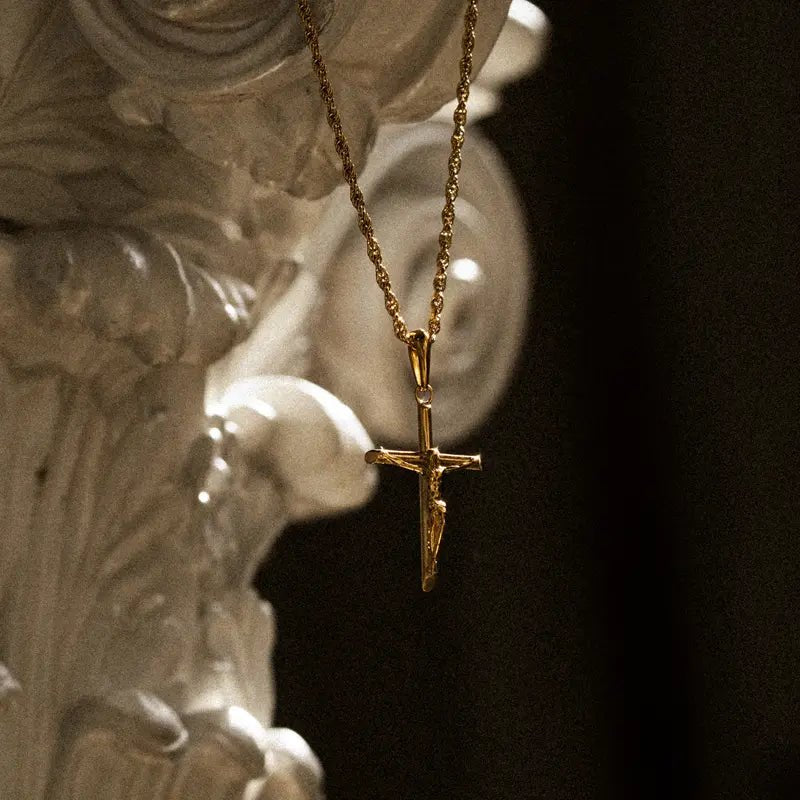
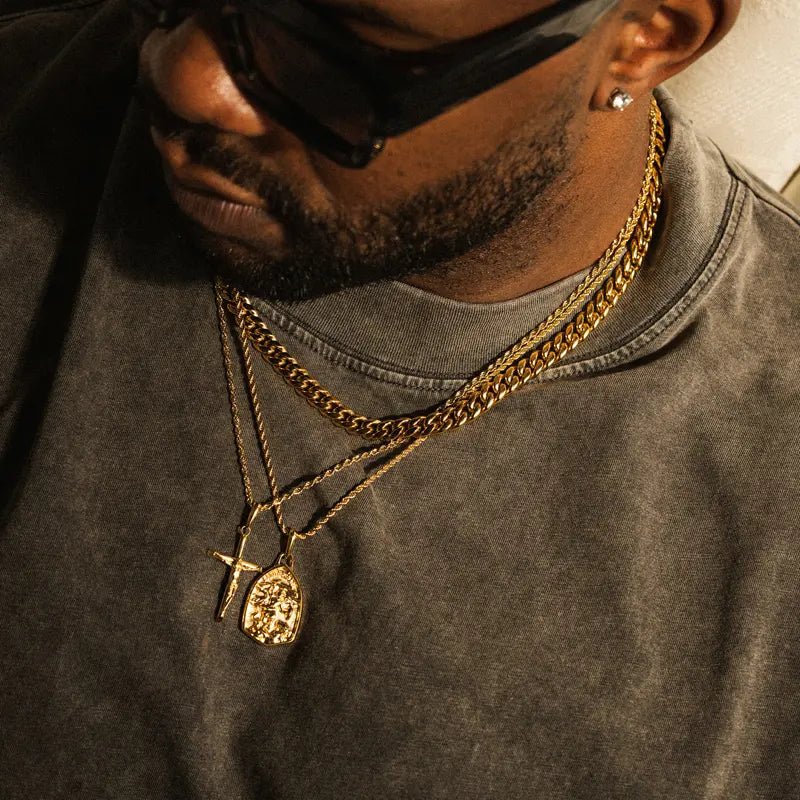


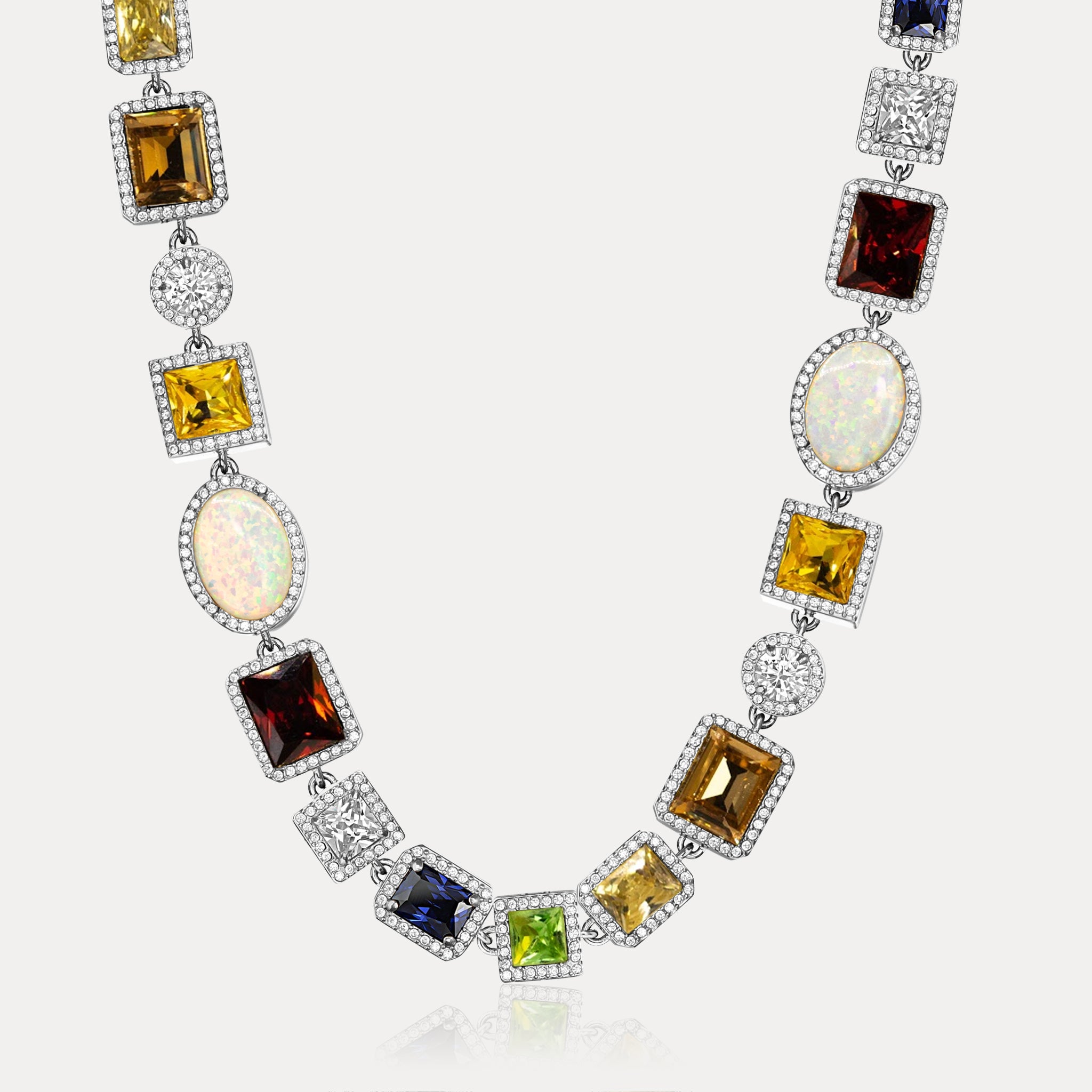
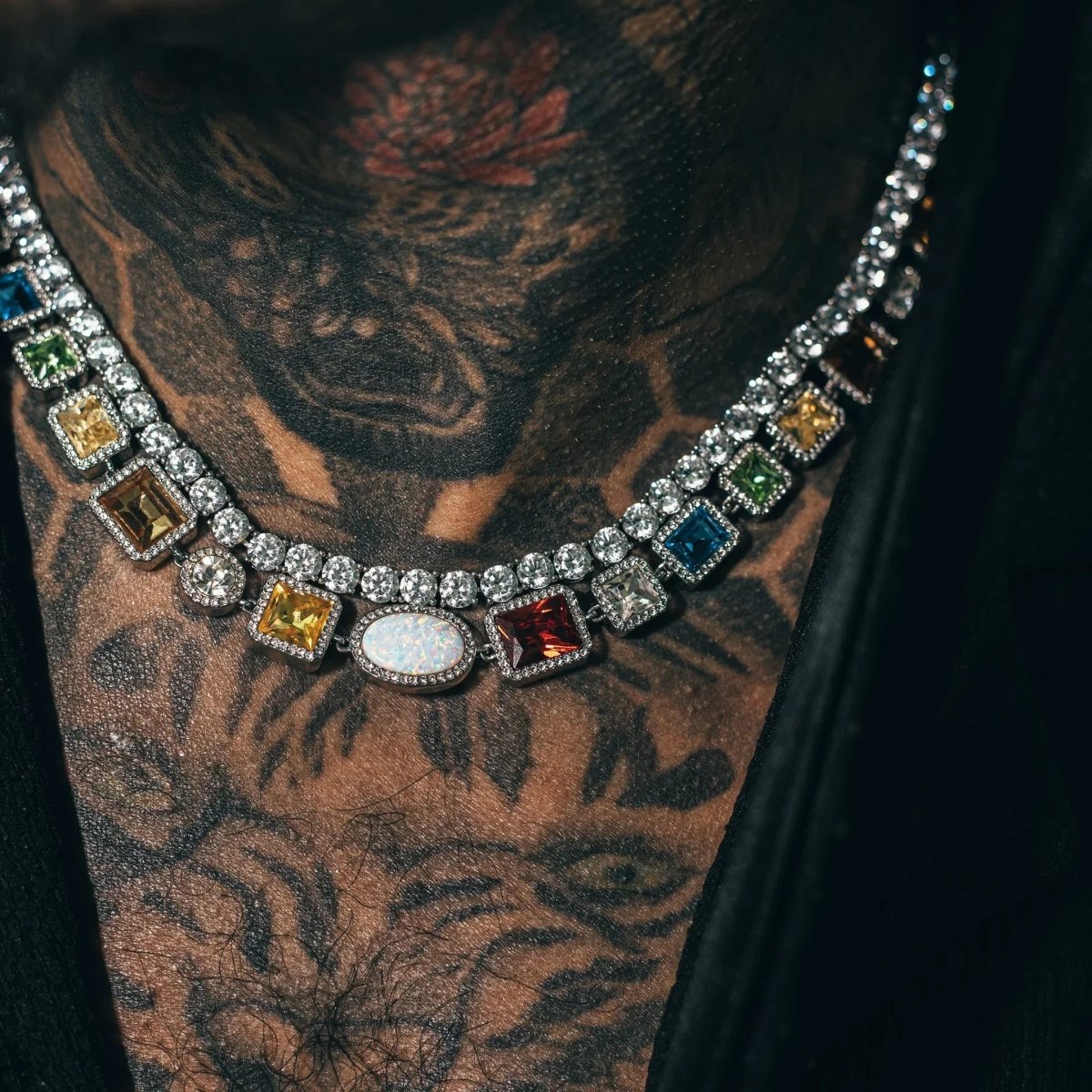
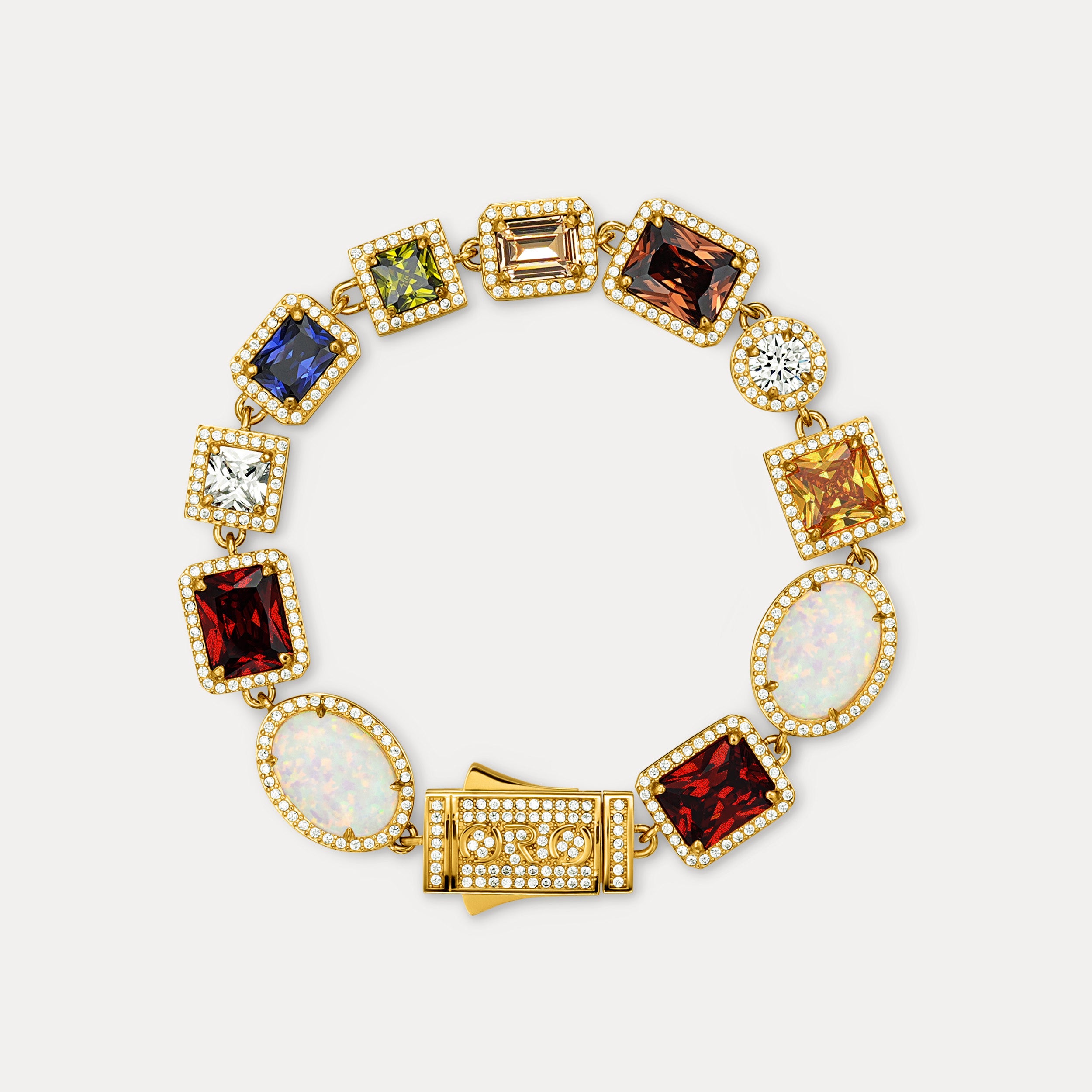

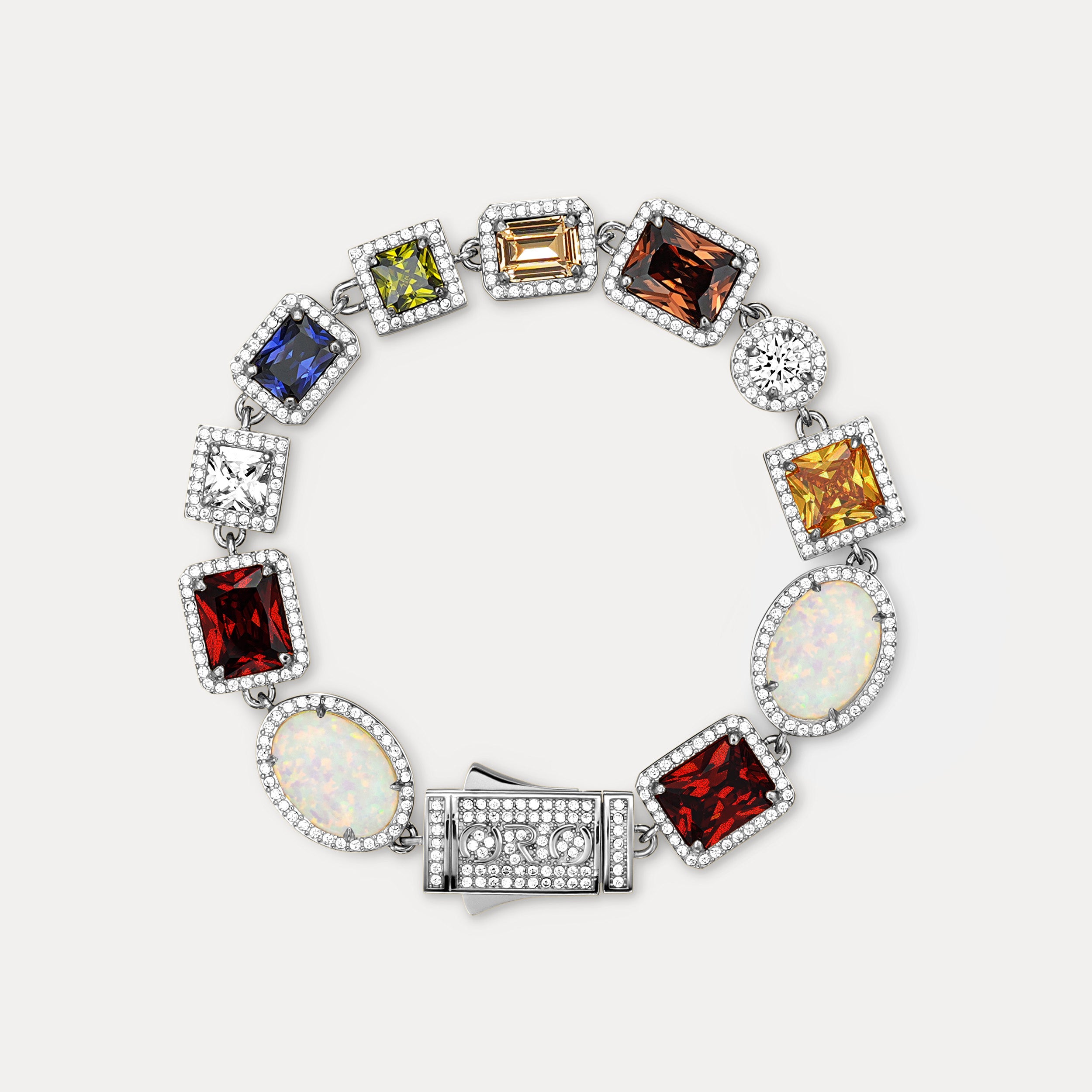

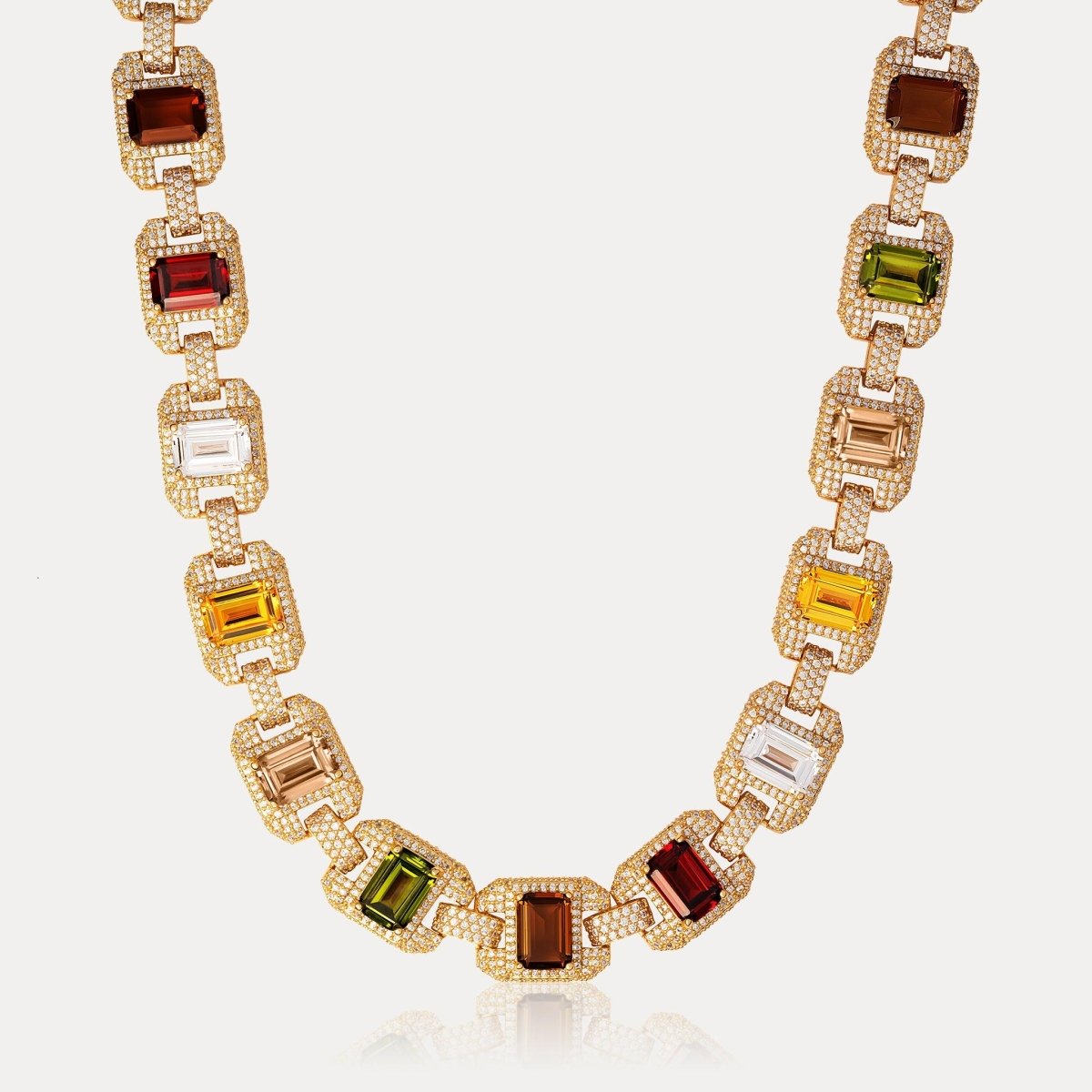
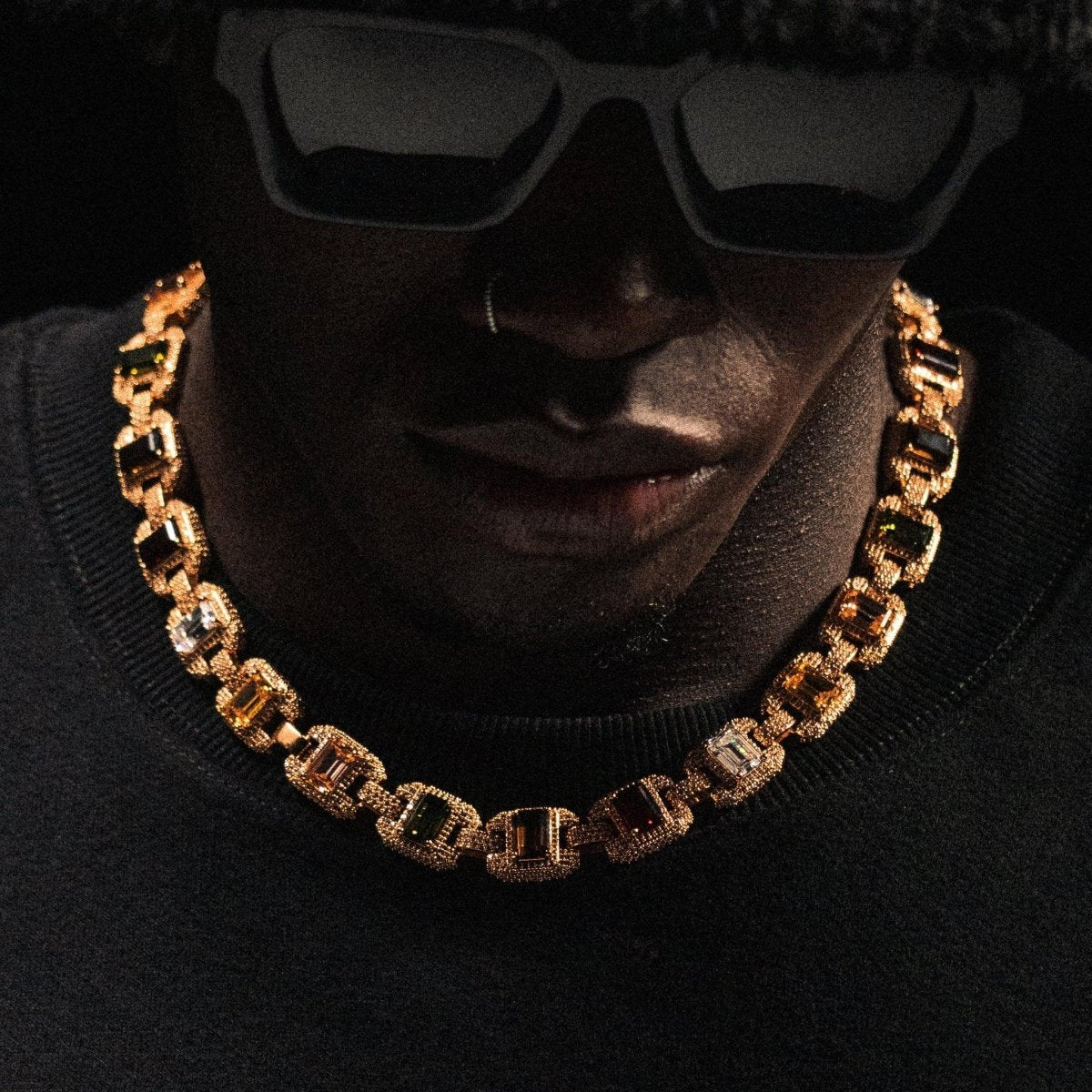


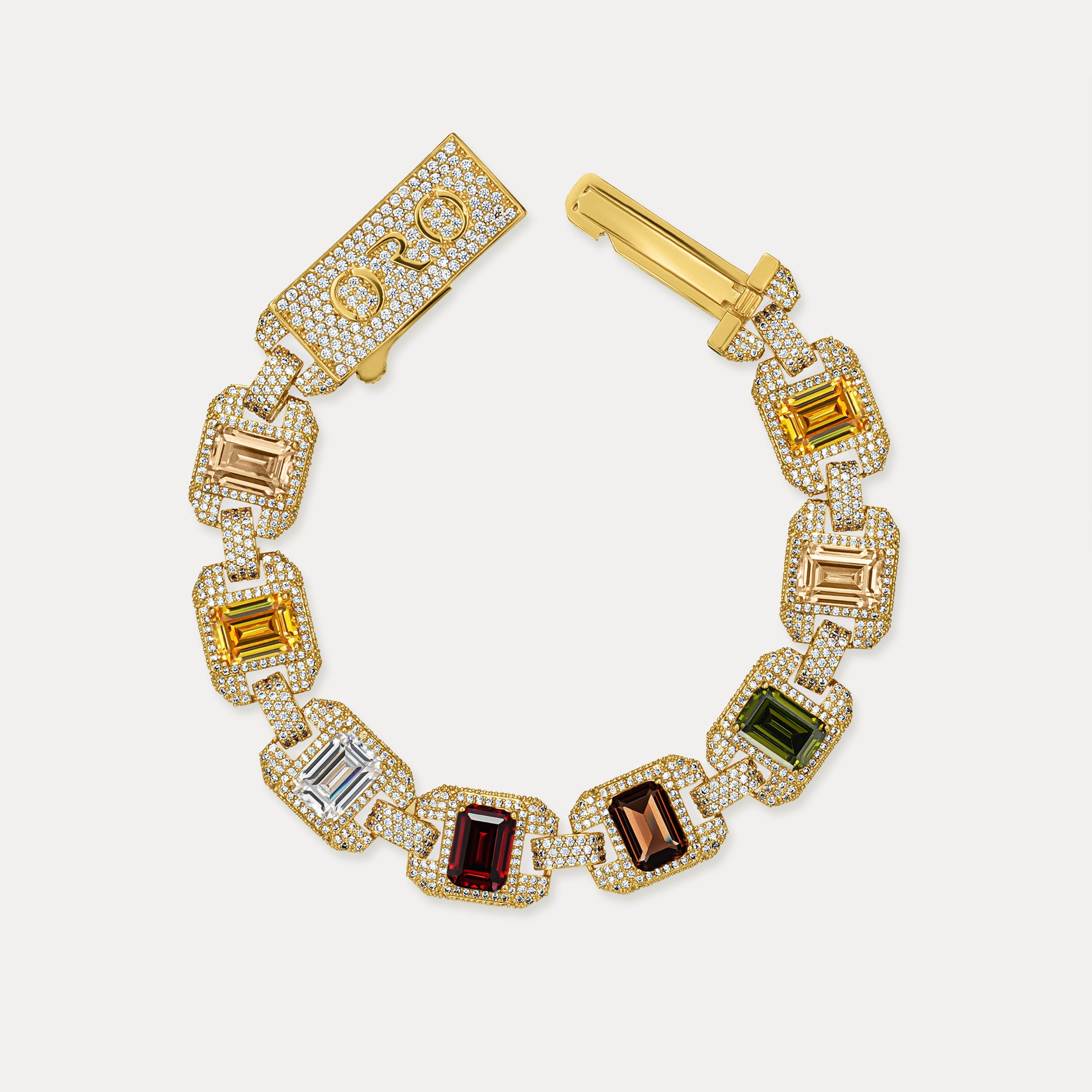

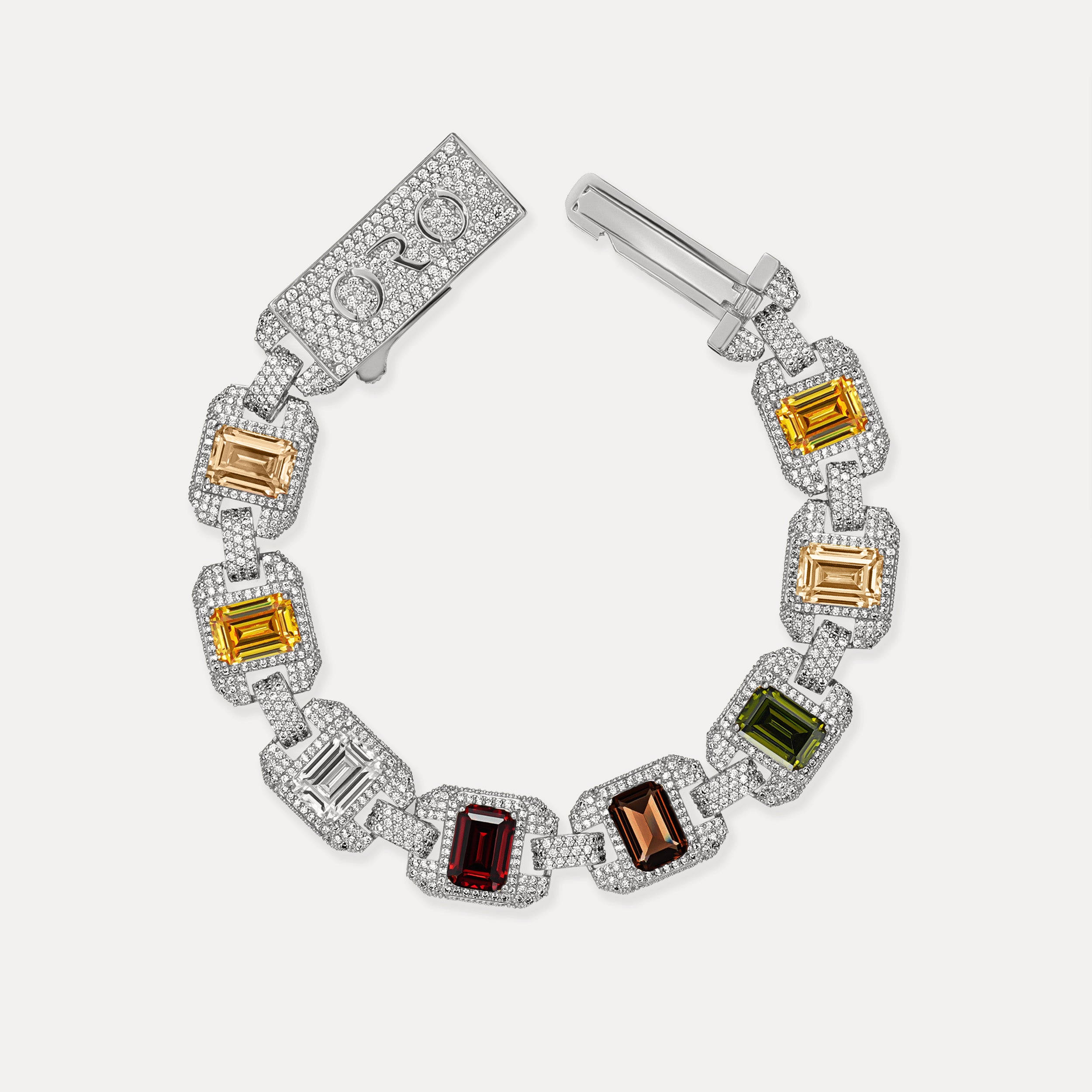

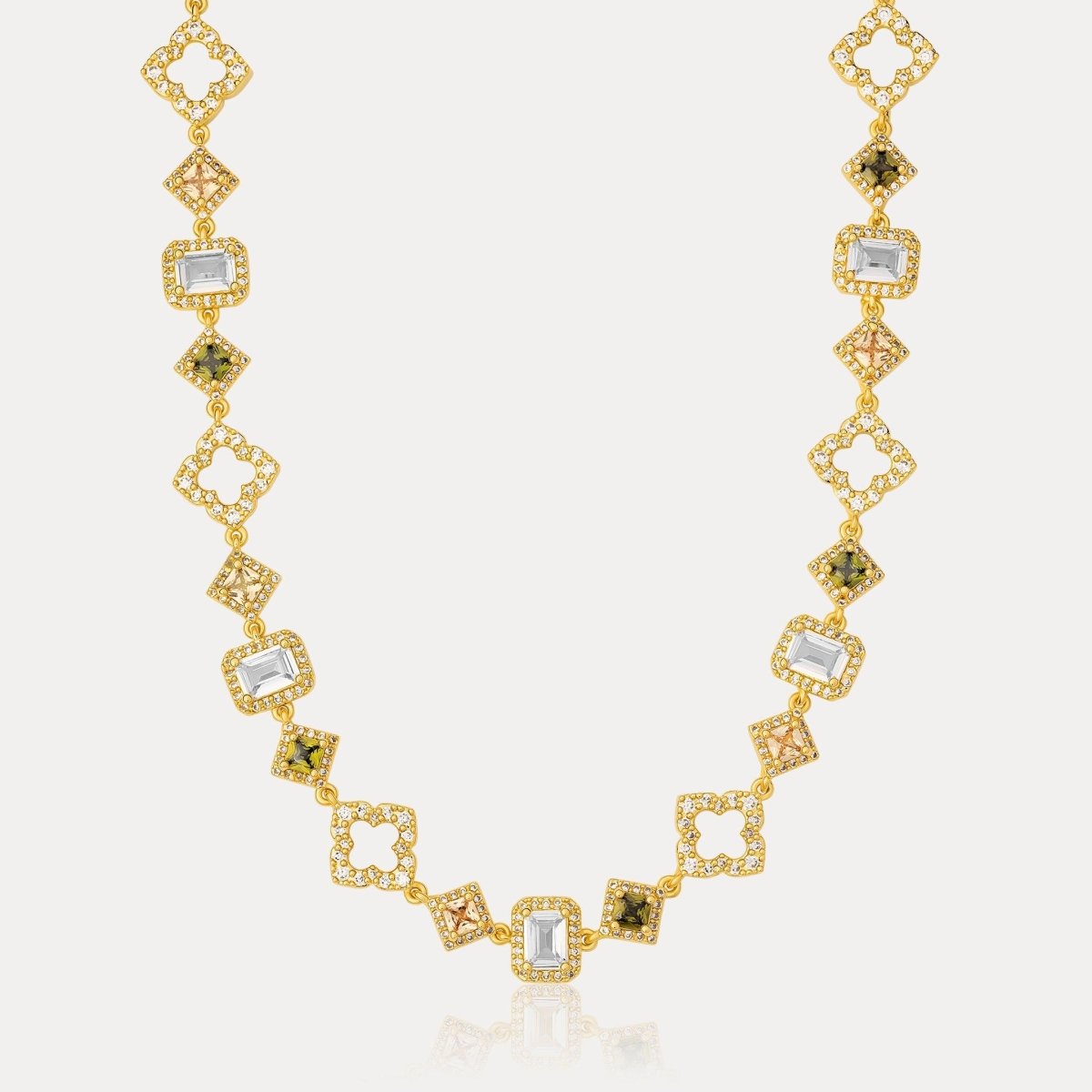
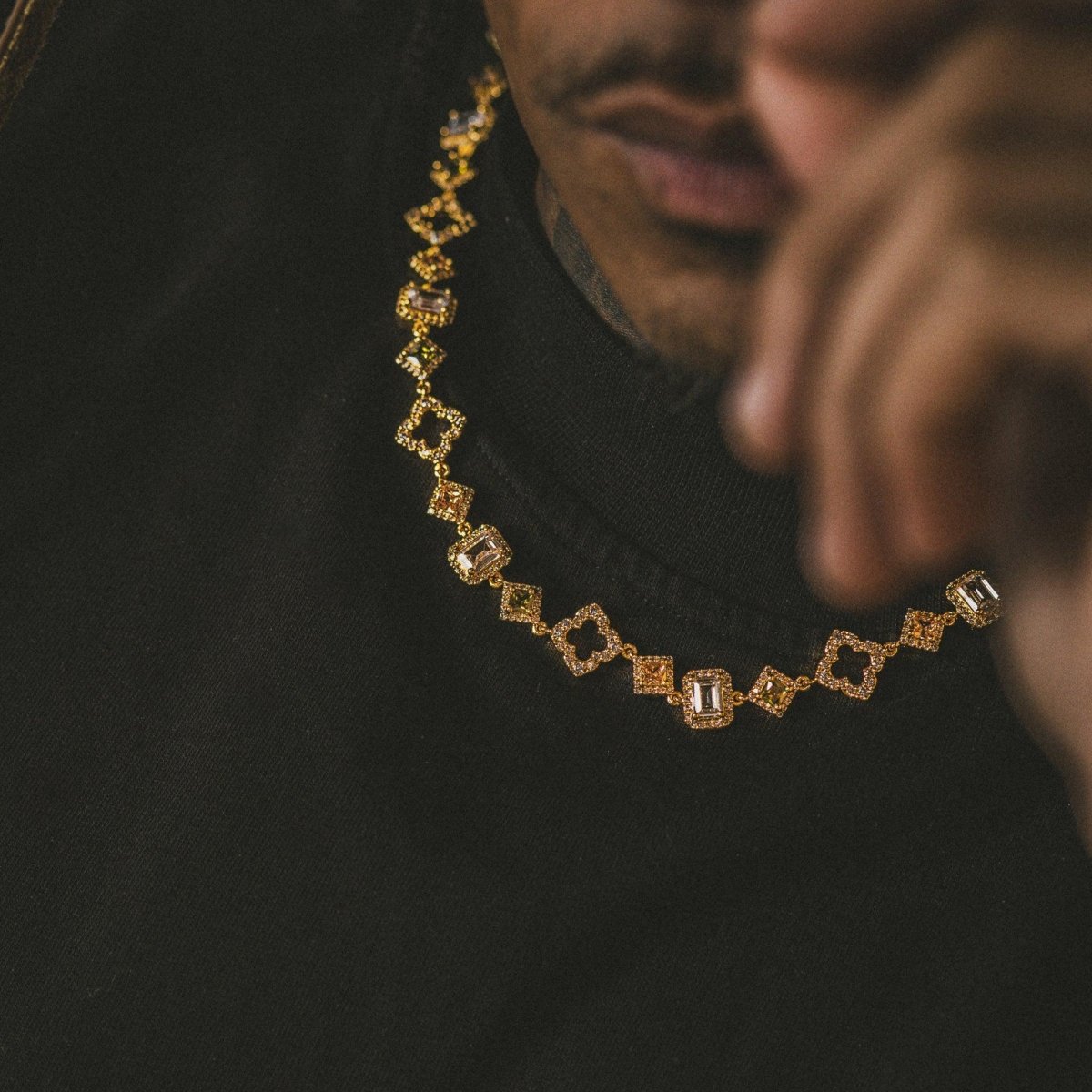
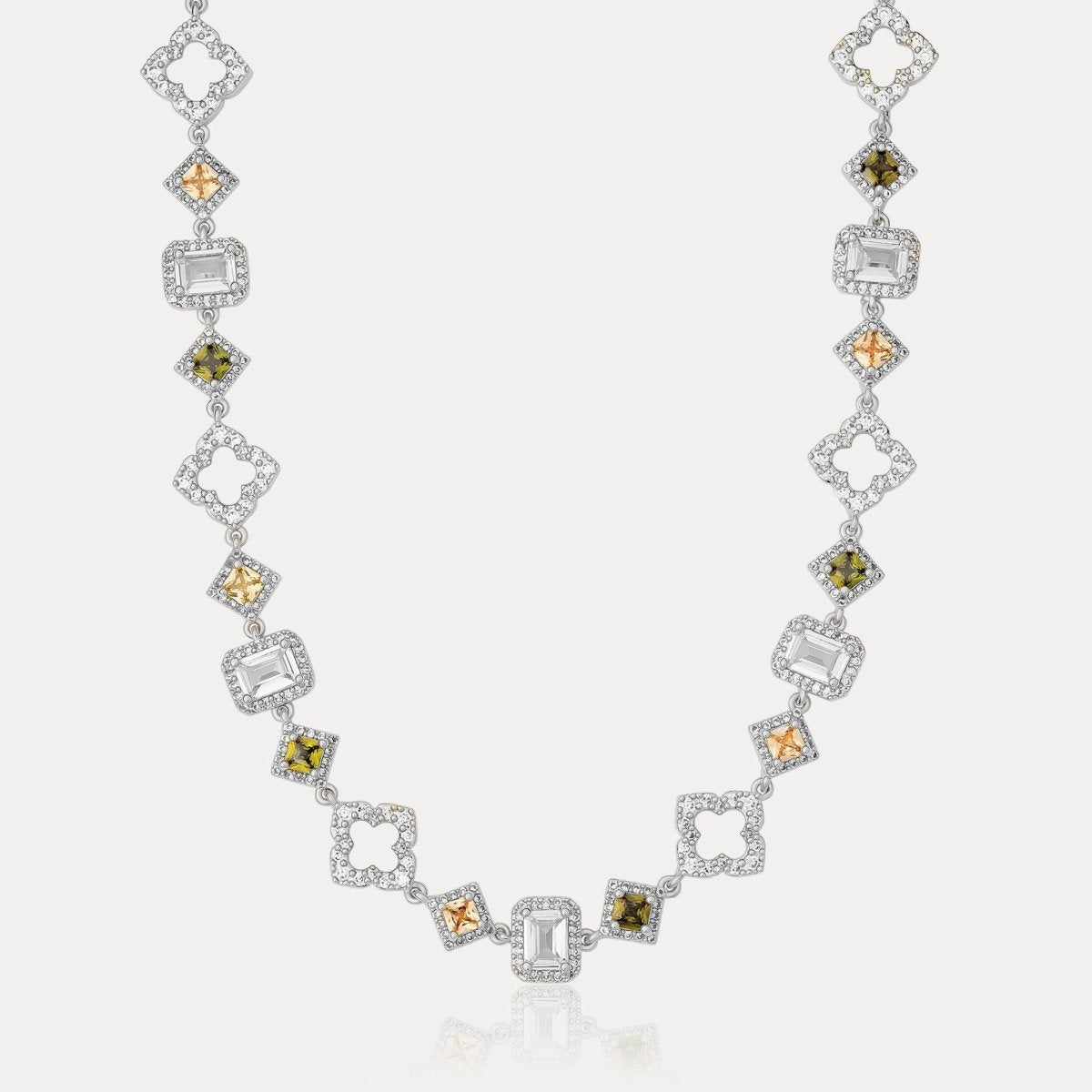

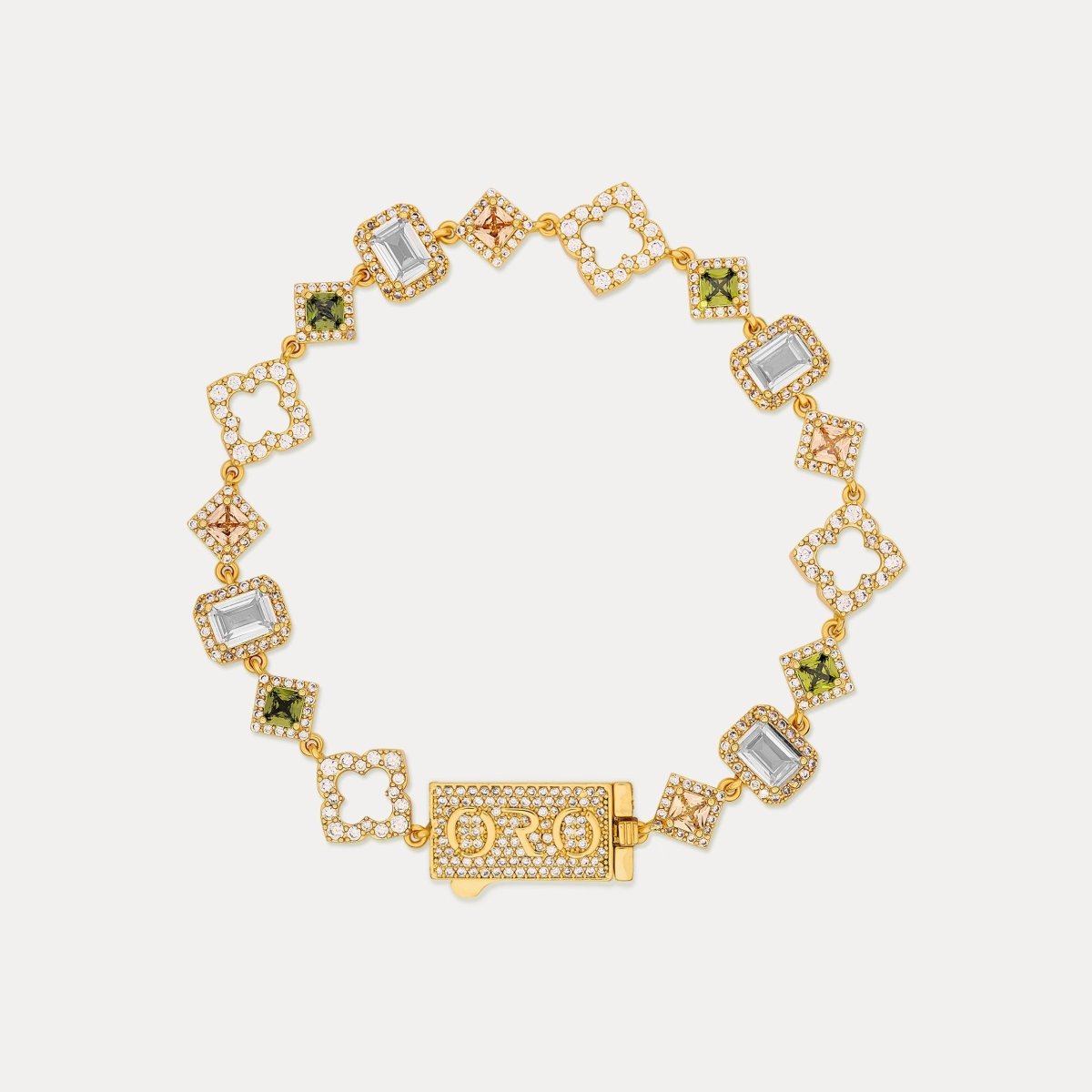


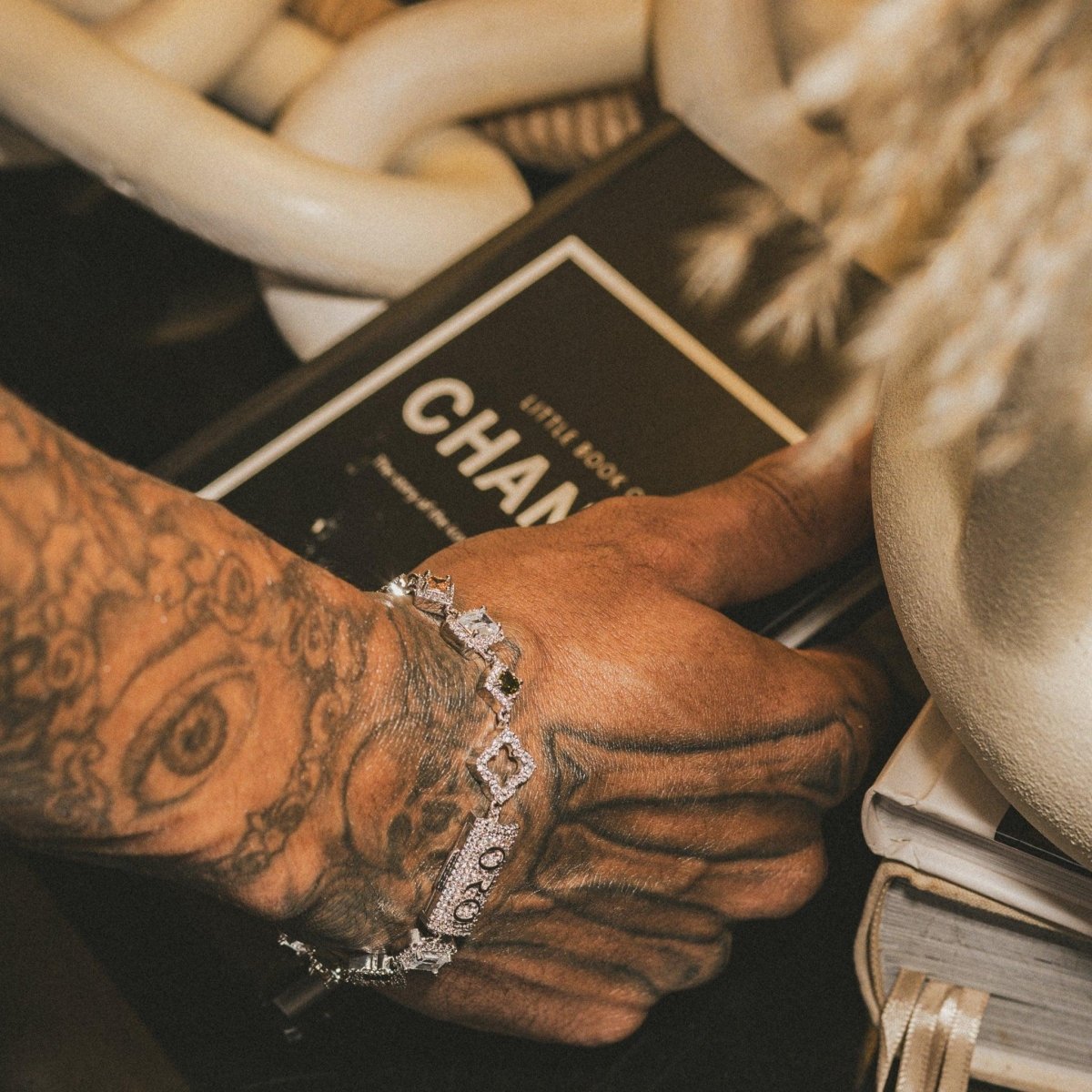
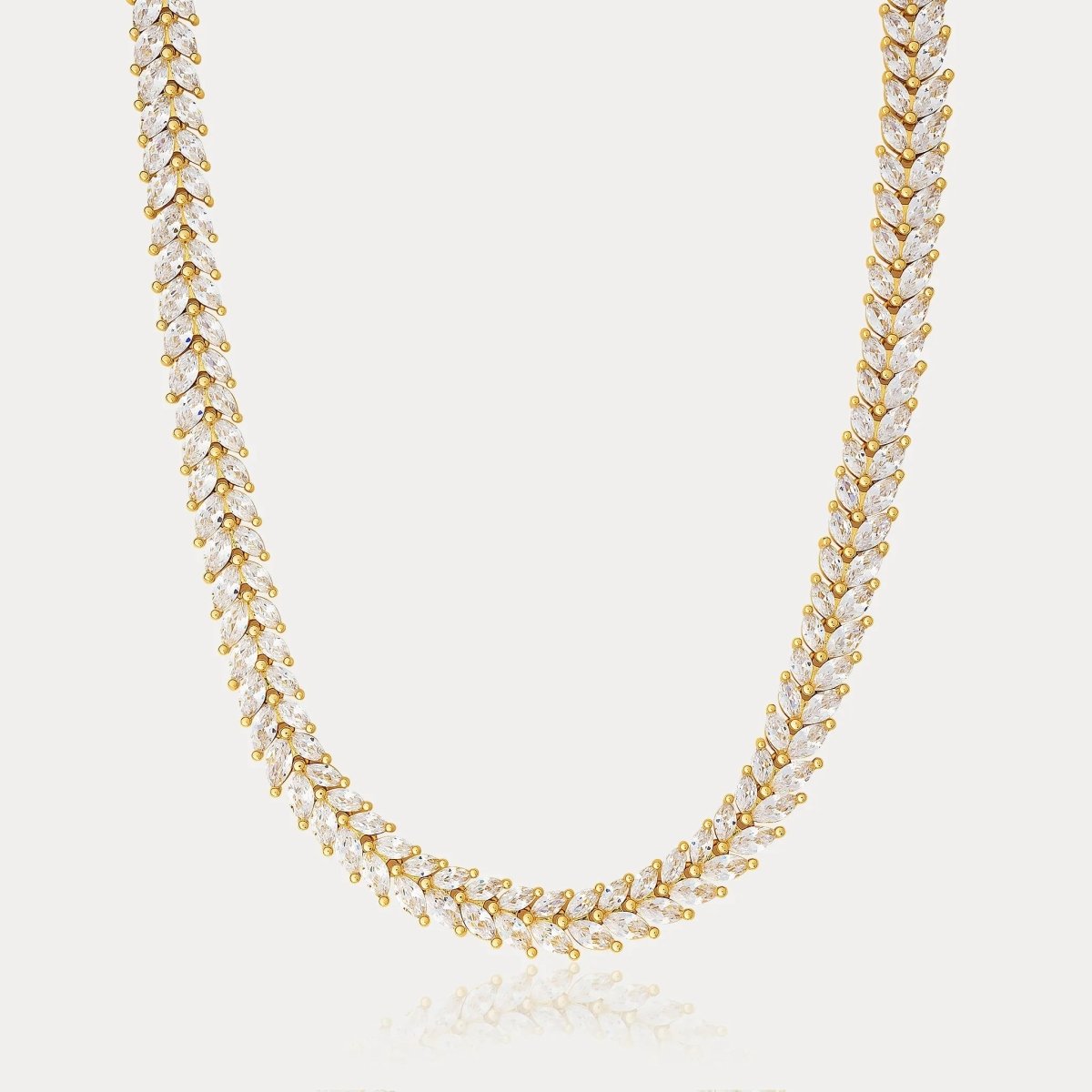

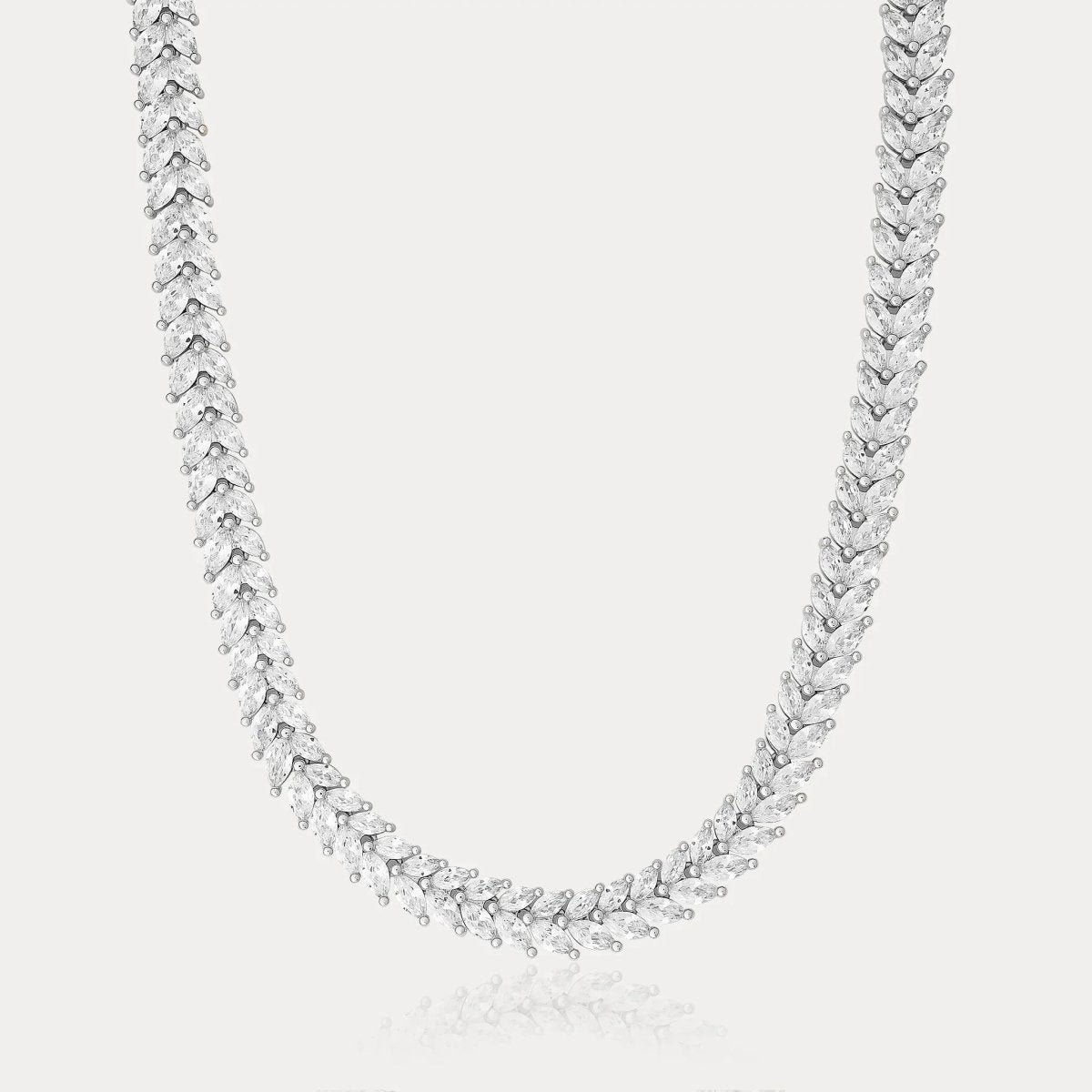

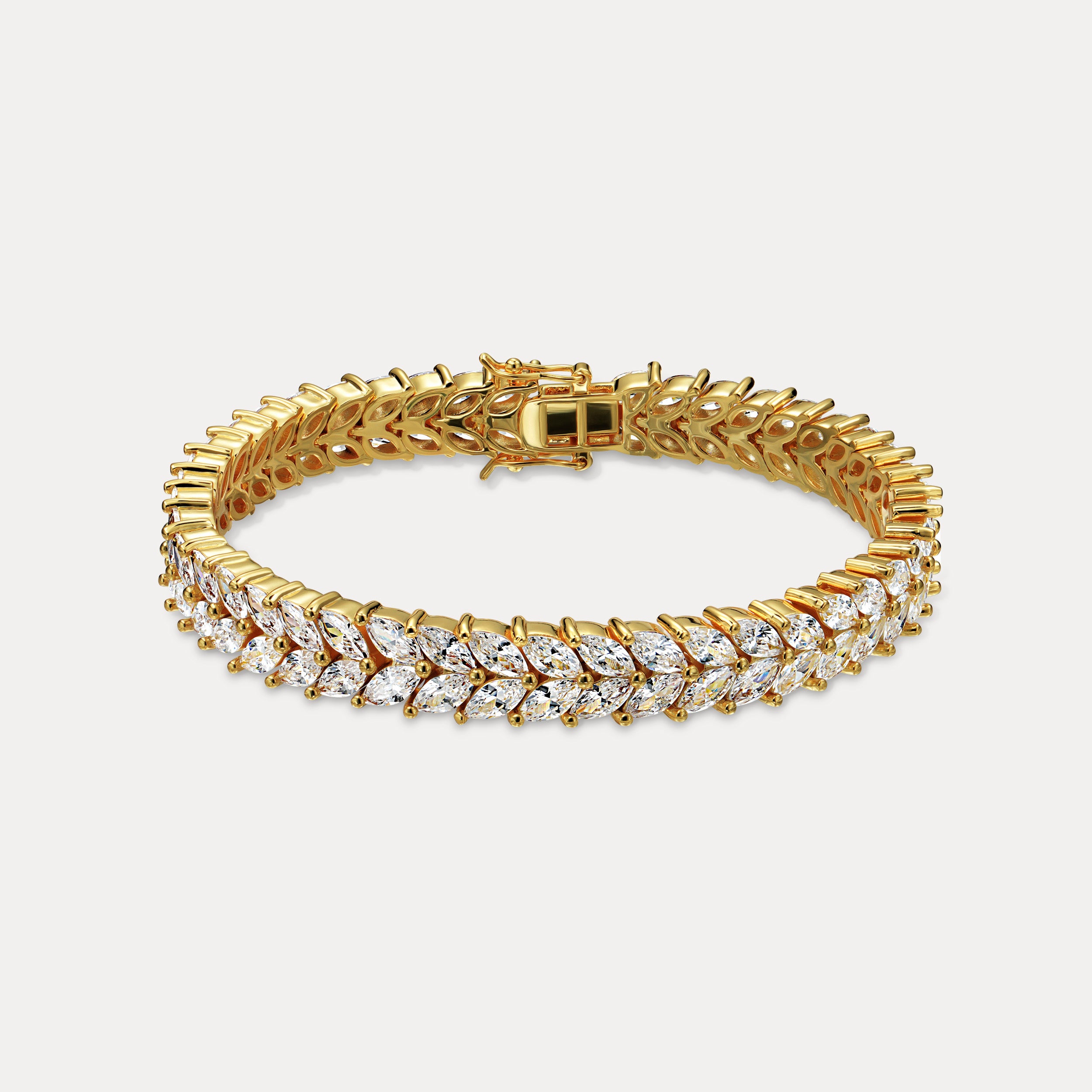

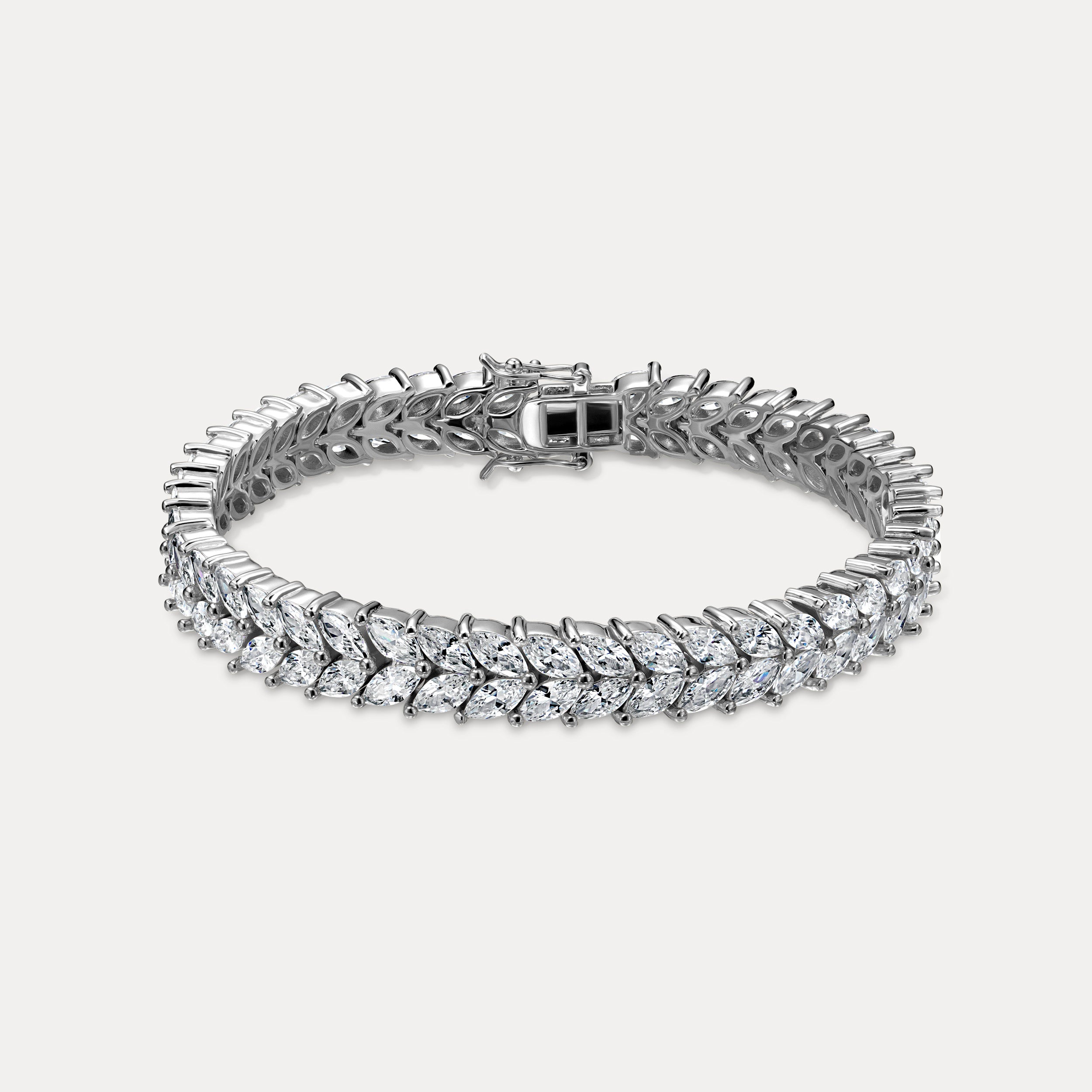
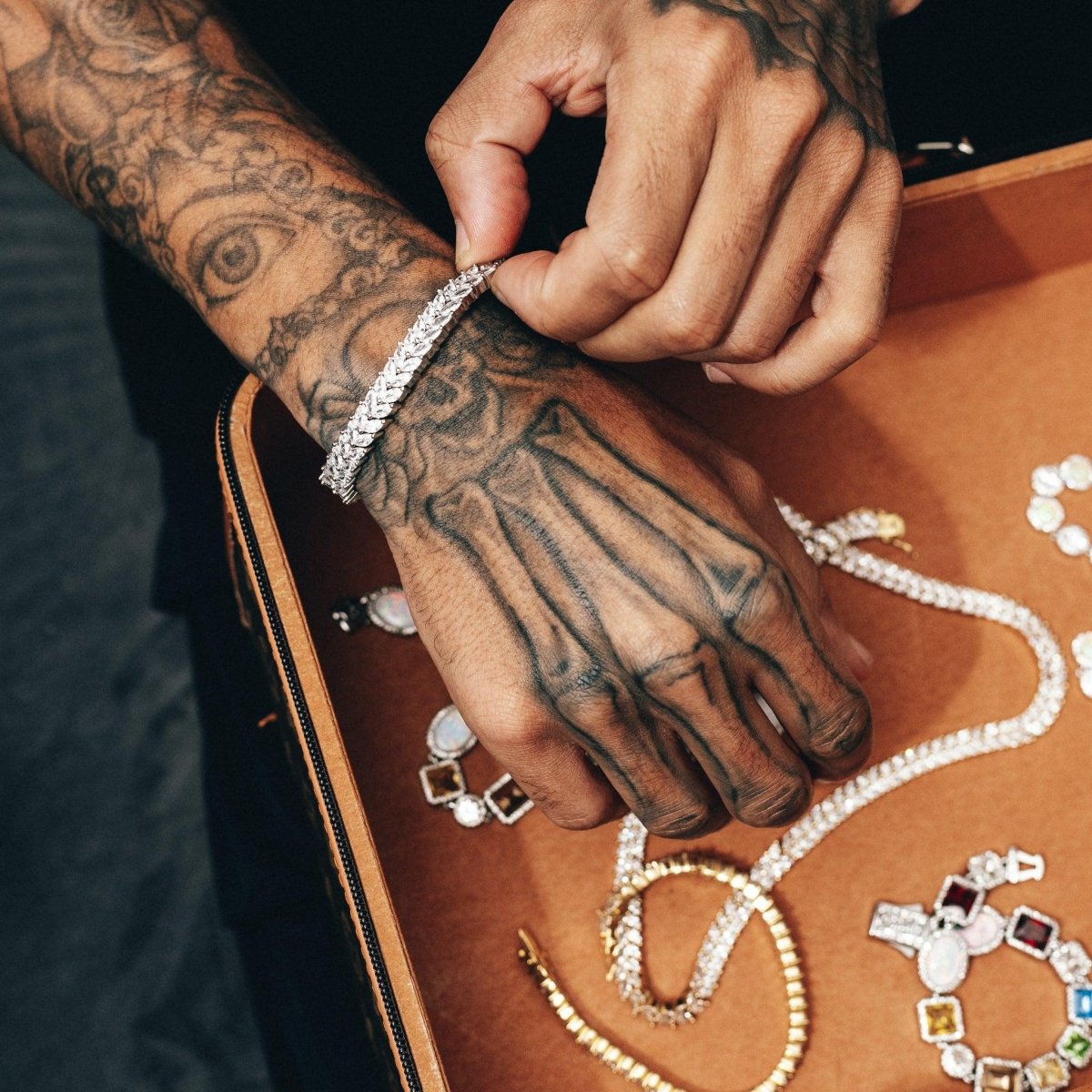
Leave a comment
This site is protected by hCaptcha and the hCaptcha Privacy Policy and Terms of Service apply.